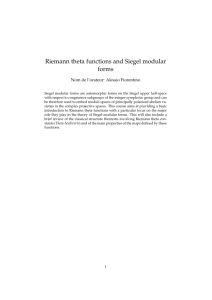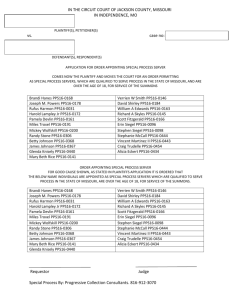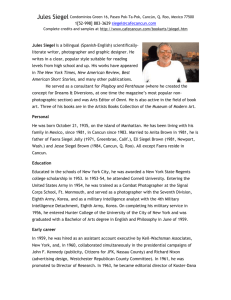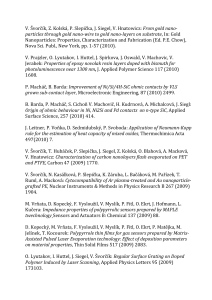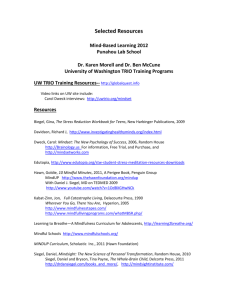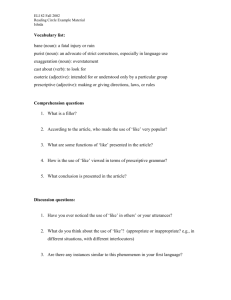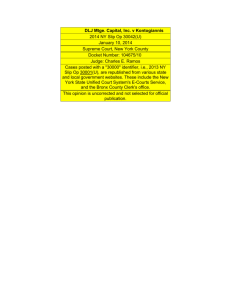Handout (.doc) - Backdoor Broadcasting Company
advertisement
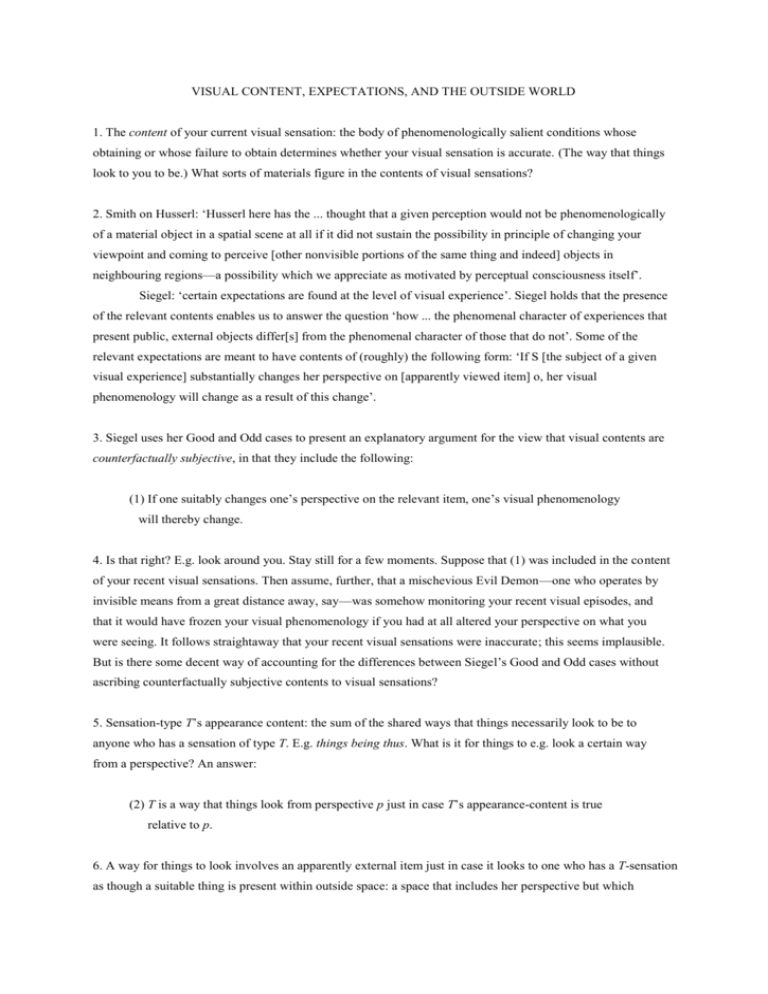
VISUAL CONTENT, EXPECTATIONS, AND THE OUTSIDE WORLD 1. The content of your current visual sensation: the body of phenomenologically salient conditions whose obtaining or whose failure to obtain determines whether your visual sensation is accurate. (The way that things look to you to be.) What sorts of materials figure in the contents of visual sensations? 2. Smith on Husserl: ‘Husserl here has the ... thought that a given perception would not be phenomenologically of a material object in a spatial scene at all if it did not sustain the possibility in principle of changing your viewpoint and coming to perceive [other nonvisible portions of the same thing and indeed] objects in neighbouring regions—a possibility which we appreciate as motivated by perceptual consciousness itself’. Siegel: ‘certain expectations are found at the level of visual experience’. Siegel holds that the presence of the relevant contents enables us to answer the question ‘how ... the phenomenal character of experiences that present public, external objects differ[s] from the phenomenal character of those that do not’. Some of the relevant expectations are meant to have contents of (roughly) the following form: ‘If S [the subject of a given visual experience] substantially changes her perspective on [apparently viewed item] o, her visual phenomenology will change as a result of this change’. 3. Siegel uses her Good and Odd cases to present an explanatory argument for the view that visual contents are counterfactually subjective, in that they include the following: (1) If one suitably changes one’s perspective on the relevant item, one’s visual phenomenology will thereby change. 4. Is that right? E.g. look around you. Stay still for a few moments. Suppose that (1) was included in the content of your recent visual sensations. Then assume, further, that a mischevious Evil Demon—one who operates by invisible means from a great distance away, say—was somehow monitoring your recent visual episodes, and that it would have frozen your visual phenomenology if you had at all altered your perspective on what you were seeing. It follows straightaway that your recent visual sensations were inaccurate; this seems implausible. But is there some decent way of accounting for the differences between Siegel’s Good and Odd cases without ascribing counterfactually subjective contents to visual sensations? 5. Sensation-type T’s appearance content: the sum of the shared ways that things necessarily look to be to anyone who has a sensation of type T. E.g. things being thus. What is it for things to e.g. look a certain way from a perspective? An answer: (2) T is a way that things look from perspective p just in case T’s appearance-content is true relative to p. 6. A way for things to look involves an apparently external item just in case it looks to one who has a T-sensation as though a suitable thing is present within outside space: a space that includes her perspective but which simultaneously includes plenty of other perspectives that stand in different relationships to the apparently seen item. Visual items like phosphenes, which don’t look to be located in the external world, don’t seem to be situated in a space that includes other perspectives besides one’s own. The visually apparent presence of external items thus makes it seem to us that things then look different to the way that they look to us from at least some perspectives that are suitably located in relation to the apparently external items. (E.g. suppose that things look to you as the leftmost picture below shows things as looking; then there is a suitably located perspective p* which is such that things then look from p* the distinct way that things as shown as looking by the rightmost picture.) But the presence of visual items like phosphenes does not make it seem to us that things then look different from perspectives besides our own. These differences are reflected in correspondingly different sorts of expectations. 7. All this may be applied to account for the differences between Siegel’s Good and Odd cases. In particular, the apparently external presence of the doll in Siegel’s Good case generates expectations having (roughly) this form: (3) Things then look different to the way that they look to you from some perspectives that are suitably located in relation to the relevant item. But the presence of the ‘doll’ in Siegel’s Odd case does not generate expectations having the form provided by (3). Those expectational differences may be taken, in turn, to mirror differences in the contents possessed by the Good and Odd sensations: (3) forms part of the content of the Good case but it does not form part of the content of the Odd case. This provides a content-based account of the phenomenological distinctions between Siegel’s Good and Odd cases—one which generalises across cases of visually apparent externality—yet which does not ascribe counterfactually subjective contents to visual sensations featuring apparent encounters with external items. The account may also be used to explain why the expectational differences remarked by Siegel tend also to be present.
